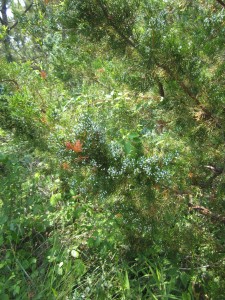Some of our most vital roots lie on the African savannah. Surviving the day means listening for every noise and watching in every direction. Days and nights are filled with care for our young, mother’s milk, and tender family love. Together we search for food and safety with sweat pouring down our bodies. At times the lions pounce on us, our blood is spilt, and we cry over dear lives lost. At night, stories, new and old, are told invigorating us to live longer and be victorious together. Before resting, we make music, dance, and sing:

Roaring lion on the African savannah, photo credit: Gerald and Buff Corsi, California Academy of Sciences, and the Smithsonian Institution.
“Play and get strong! We need you, we need you, we need you!
Spot the lion and bring us food! Give your life, give your life, give your life!
Run bravely through the grass and rise to the sky! Live in us, live in us, live in us!”
The Lion of Love is no idealist’s dream; it is wild and powerful. Surviving this day means rolling up our sleeves, throwing off our blinders, and abandoning the comfortable life to live with urgency for the benefit of all. Then through experiencing births, milk, sweat, victories, blood, deaths, tears, … we are caught into the organic renewability of the savannah. We embrace the giftedness and irreplaceability of each person.
One way or another, the hungry lion is focused on each of us. Every dominance, dishonesty, conceit, anger, and attachment will be laid waste. The hunt is on. The decisive siege has begun. But the lion is also a tender-hearted shepherd seeking out each needed lost lamb, “I love you, I love you, I love you, even if no one else loves you, I love you!” Love roars and heals!














